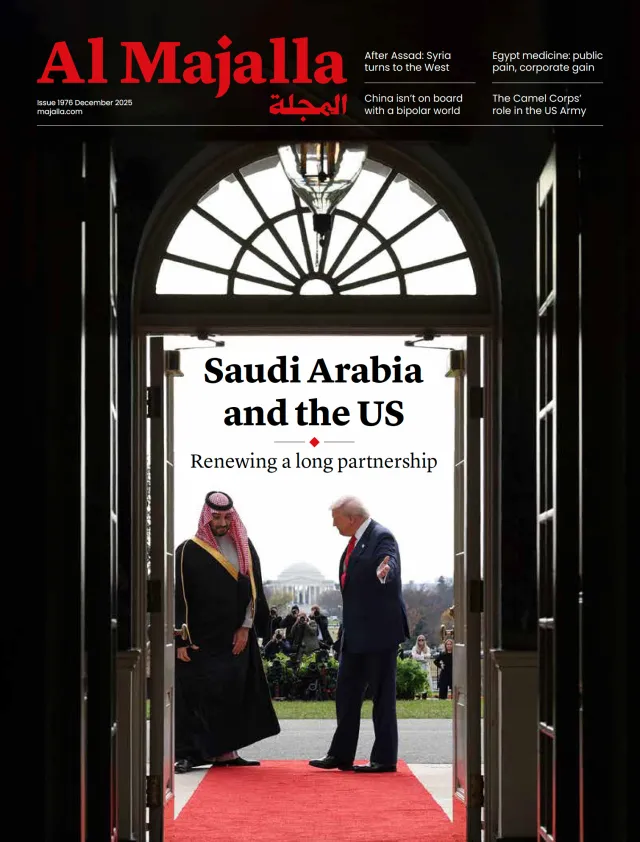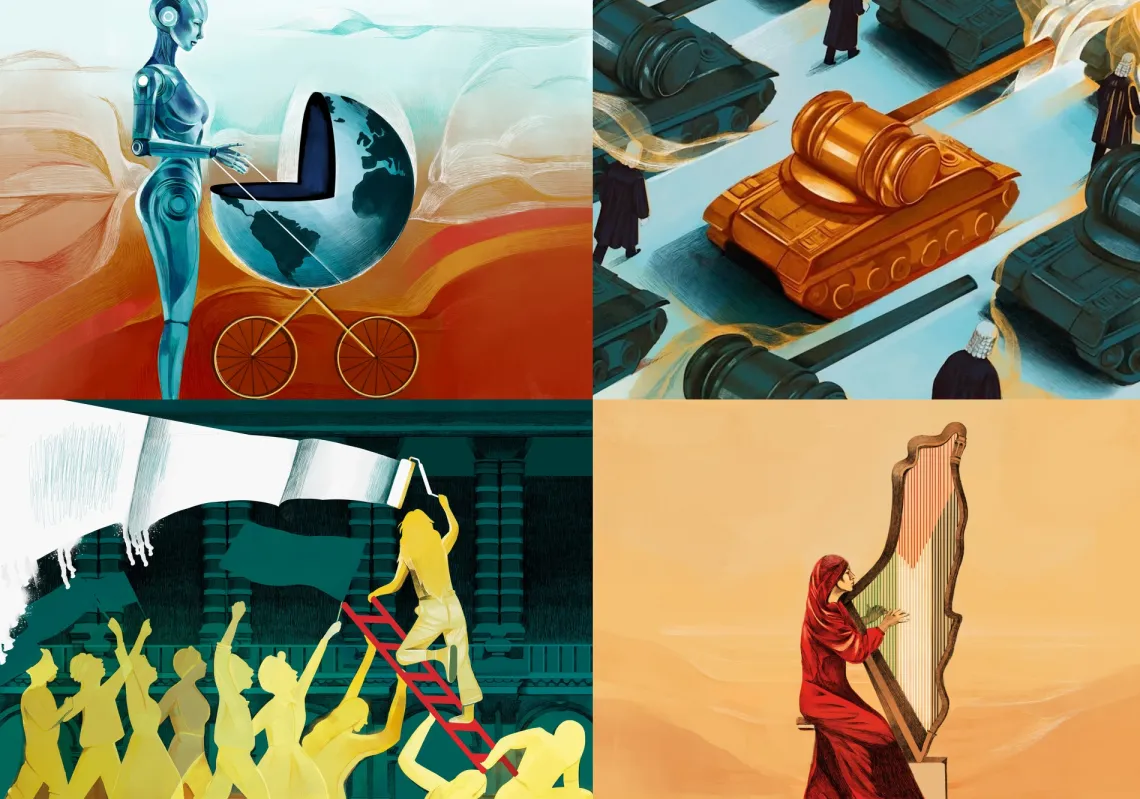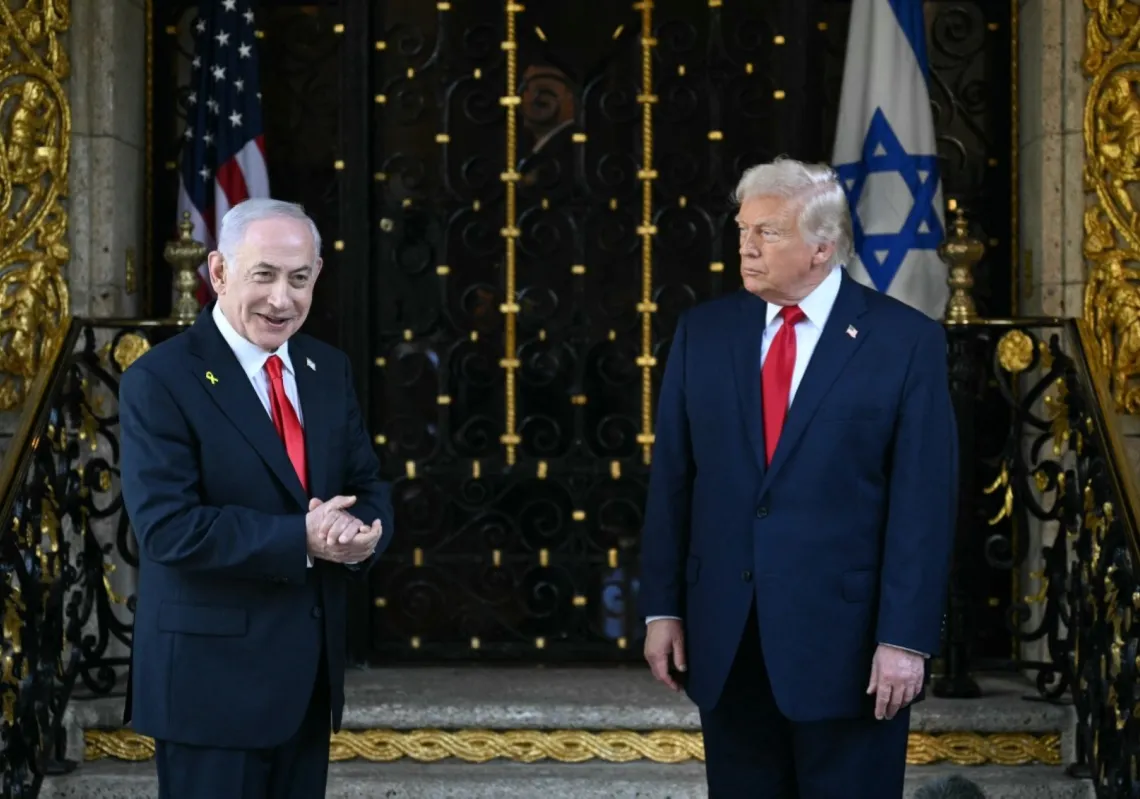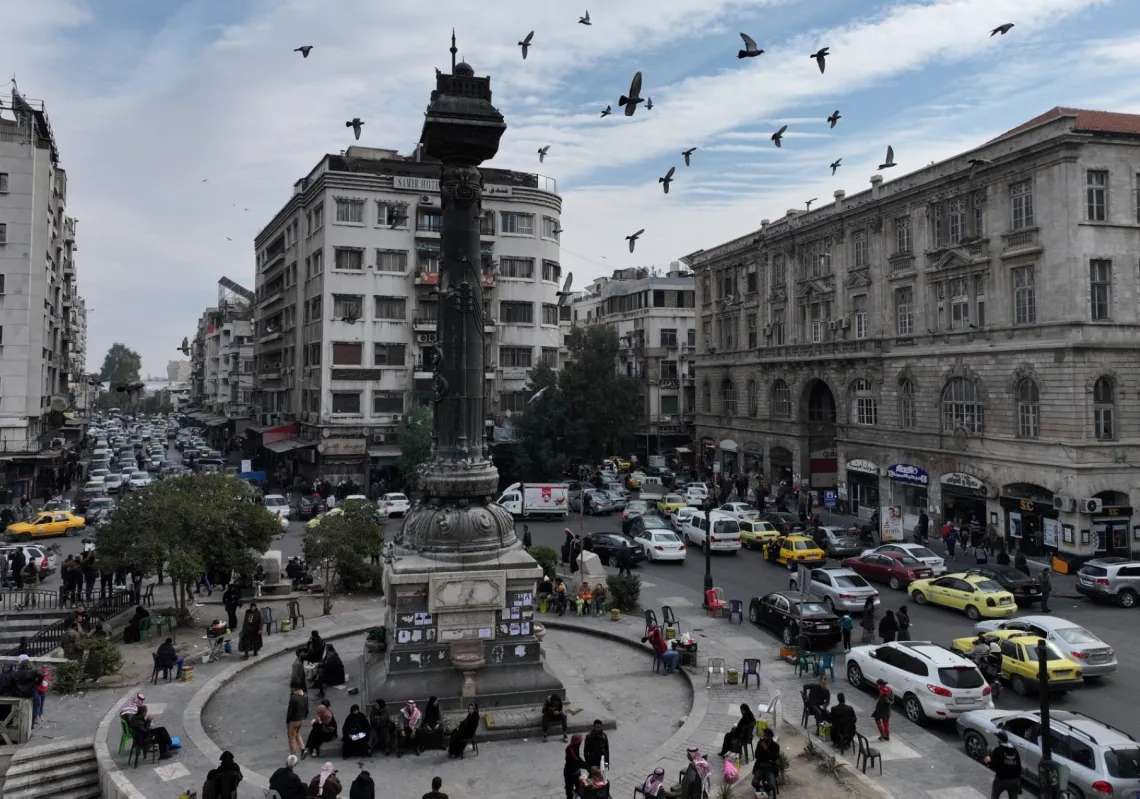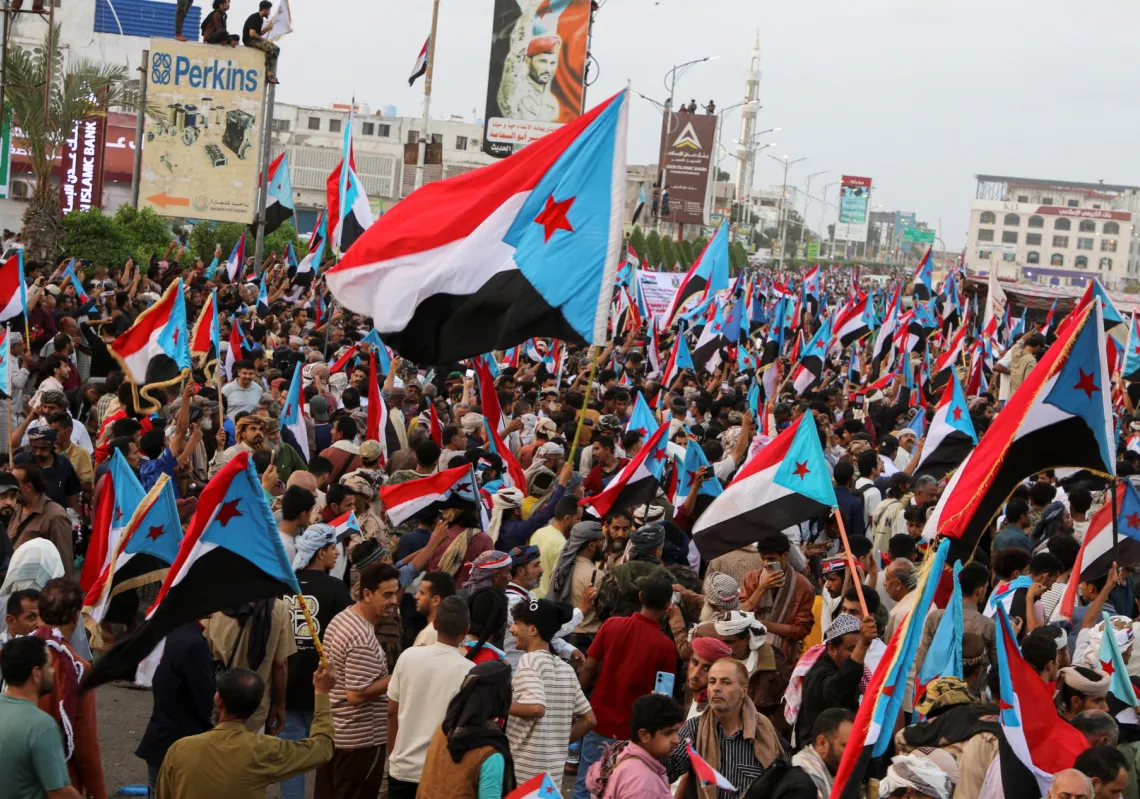Having written books on Henri Matisse and the changes in art in his homeland, Azeddine Bourkia has now published Writing the Shadow: Photography from Inception to Contemporaneity, deepening his enduring engagement with the visual arts.
Renowned for his distinctive synthesis of art criticism and philosophical inquiry, Bourkia traces the evolution of the image, from its technical beginnings to its contemporary role in shaping cultural consciousness. Last year, he published a book that re-examines French painter Henri Matisse’s experience in Morocco.
Speaking to Al Majalla, Bourkia discusses the current state of Moroccan visual arts, the dangers and opportunities of imagery in an AI era, and the challenges confronting aesthetic criticism in an Arab world navigating change.
Your most recent book has just been published. What prompted you to explore photography in such a profound way?
In a sense, writing this book meant returning to basics: what the eye has seen since the birth of light and shadow, transformed into a language of movement. Photography is often seen as just a documentary technique. In fact, it is a form of thinking about time, a tool for capturing what lies beyond the visible.
In an age where truth has fragmented and images have multiplied to the point of concealing reality itself, returning to the image has become an intellectual imperative. We do not see things directly; we see their images. And every image is a discourse, a trace, a condensation of time into a moment both fleeting and enduring.
Artistic photography today is not the art of representation, nor simply a tool for direct exposure. Rather, it is the art of questioning and revealing through concealment. Hence, this book takes a contemplative form, not only to articulate what the image signifies or to trace its history, but to delve into its silence and interrogate its ability to reshape our thoughts. Every image poses a question, not an answer; it mirrors what we hide just as much as it documents what is shown.
What really drove me to write this book was the unease I began to feel in response to what is called “photographed reality”. Saturated with celebratory display, images bloated with repetition, it has come to dominate our perception of the world.

Your book adopts a style of ‘fragmented reflections,’ a form still relatively rare in Arab critical studies, particularly when addressing a visually technical subject like photography. What led you to this choice?
Photography is writing with shadow, time, absence, and longing. I wanted to grant this medium the contemplative space it deserves, removed from the trivialisation of media discourse or the reductionism of technical analysis. My book asks: what is the image in an age saturated with images? Do we see reality and truth, or just a remaking of it?
At the inception of photography, it was seen both as technique and as art. This led a strain of Western Christian thought to denounce it. In turn, this spurred religious jurisprudential currents in the Islamic world to prohibit it. After all, how can a face remain eternal in the absence or death of its bearer?
Photography, by its nature, contains a philosophical paradox: it reveals, yet conceals. It captures a moment yet freezes time. It preserves a memory, but each time it is displayed, it regenerates meaning anew. This tension between the represented and representation fascinates me.
The fragmentary form of this book is not merely an aesthetic preference; it is a necessity that arose during the writing process and reflection on the subject itself. Photography, in essence, is the art of the fragment: a fleeting moment, an image torn from time, freezing what defies stasis. How, then, could one write about such an art form in continuous, systematic prose?
How do you view the evolution of photography from a documentary tool?
Photography began as a mechanical eye, but it has since become a cultural eye. It entered the realm of expression, symbolism, and artistic construction once it moved beyond its purely documentary role, beyond being a tourist's accessory hung around the neck to capture fleeting moments of travel.
Today, photography articulates a discourse that surpasses traditional aesthetics. It penetrates the core of the struggles, represents marginalised communities, exposes authoritarian regimes, gives voice to silence, and unsettles the centre.
From the Daguerreotype (a photo taken by an early photographic process) to fine art photography, from the Vietnam War to the Arab Spring and now Gaza, the photograph has served as witness and judge, pursuing reality like a journalist, while also confronting it like an artist interrogating the very notion of truth.
The image no longer hangs inert on a gallery wall; it has erupted into the public sphere, reshaping our memory and reconfiguring our political consciousness. Today, the image is produced, deployed, manipulated, and resisted, all at once. It is a symbolic battlefield. Every photograph embodies a perspective. It is an act of resistance when it confronts us with what remains unspoken. Photography now bears cultural and political urgency and can no longer be confined to the realm of visual beauty alone.
In this era of social media and visual saturation, do photographic images still retain aesthetic value?
Visual saturation does not necessarily signal the death of aesthetics, but a transformation. While images are now produced in staggering volumes, often captured with casual clicks, the viewer's sensitivity to imagery has also grown. Discerning between 'image as trace' and 'image as noise' is increasingly vital.
A true photographic image today is not simply taken; it is crafted. It is created as an artistic statement and as an invitation to contemplation. The digital deluge has made photography a deeper artistic practice, one that now requires greater awareness. Within the flood of visuals, certain images still reach into the soul and leave a lasting impact.
These are not just photographs; they are existential encounters. This is why we must not lose faith in photography. The challenge lies in producing images that withstand erasure in an age of overwhelming visual content. The image is not dead. We need to retrain our eyes to recognise its genuine imprint, especially given the rapid advance of Artificial Intelligence.

In your previous book, Henri Matisse's Windows: Morocco Between Familiarity and Strangeness, you explore a Western artistic experience within a Moroccan setting. What drew you to Matisse's Moroccan experience?
Matisse's time in Morocco marked a crucial phase in his artistic evolution, yet it was also a moment fraught with symbolic tension. He did not see Morocco as it truly was, but rather as he imagined it to be an idealised East—pure light, ornament removed from context.
Matisse did not tread the Orientalist path of (French artist Eugène) Delacroix, nor adopt the Eastern vision of (French painter and sculptor Jean-Léon) Gérôme. Instead, he followed a visual intuition, searching for an East largely stripped of exoticism. As art historian Pierre Schneider observes, he created an oriental vision (orientalité), not an orientalisme. He was not an Orientalist in the ideological, colonial sense; rather, he was in pursuit of visual liberation.
Matisse did not perceive Morocco as a domain of exotic spectacle or colonial fantasy, nor as a wild extension of post-European terrain, but as a chromatic state, a realm of escape from academic artistic constraints, an aesthetic crucible for his own transformation. For him, it was "the East from which inspiration flows."
His experience invites critical reflection on how the West envisions the East, on the boundaries of representation, and on the point where admiration may begin to resemble aesthetic colonialism. In this book, I sought not only to open a window onto Matisse's artistic journey, but also onto the image of the East as seen by the other.
How do you see the relationship between Western artists and Eastern settings in colonial and postcolonial contexts?
It is a complex one, steeped in imagination, power, and fascination. Since the 19th century, the 'East' has not simply represented a geographical location for the Western artist; it has functioned as a reservoir of imagery, a stage for enchantment, and a canvas upon which to project hidden desires.
The East did not solely refer to Arab lands—at times, Africa was considered 'East,' as was Russia. It is, in essence, a shifting geography that resists precise definition. As (Palestinian-American academic and literary critic) Edward Said aptly argued, the 'East' was more of a Western invention than an objective reality. What we encounter here is not discovery, but a process of visual and cultural reconstruction.
Some artists, such as Paul Klee and Wassily Kandinsky, did experience the East as a genuine site of artistic liberation, a space for experimentation in colour, light, and form, but the relationship was fundamentally unequal. The West has played narrator, while the East has been the narrated. The Western artist converts the Eastern setting into an image ready for possession.
How do you define the relationship between art and thinking? Does today's art critic need philosophical tools to grasp the changes in art?
Art is not simply a form of visual expression; it is embodied thoughts: a way of thinking with the body, about the body, and through the body. At its core, art is a means of engaging with the world, of contemplating it, responding to it, and existing within it. Philosophy, in a sense, then, is art that thinks. The relationship between aesthetic criticism and philosophical thought is mutually enriching.

What are the greatest challenges facing Moroccan artists in particular, and Arab artists more broadly?
One is how to reconcile authentic artistic expression—meaning the development of a distinctive style and personal signature—with the economic and political pressures that surround them. In a global art market shaped by supply and demand, the artist often feels obliged to meet market expectations. This constrains creative freedom. The relationship between art and power is deeply complex. Art may be used as a form of propaganda or of resistance.
On a societal level, artists contend with how their work is received, how it is understood, and how meaningfully it is appreciated. This is why I believe the greatest challenge lies in preserving the independence of artistic vision while remaining critically engaged with the broader economic, political, and social landscape. This engagement is not political but human, attuned to issues, events, contexts, and changes shaping our world.
What is the current state of art criticism in Morocco and the Arab world?
It faces some big challenges, chief among them the lack of specialised academic training. Many of those working in aesthetics are self-taught, motivated by a personal passion for art. Some pursue formal studies in aesthetics, but many develop their critical language, eye, and sensibility outside the framework of Arab universities, where engagement with aesthetic inquiry remains limited.
Academic institutions in the region have become immersed in abstract theory, often overlooking the visual field and failing to question the act of seeing itself. Yet this does not diminish the innovation, discernment, or originality demonstrated by many of these critics and scholars, who play a vital role in establishing and enriching the field of Arab aesthetic criticism.
At the same time, the Arab world suffers from a severe shortage of platforms that can sustain in-depth critical discourse. Apart from a few print newspapers, online outlets, and the occasional general or specialist journal that continue to provide space for aesthetic reflection, dedicated venues for sustained critical engagement are rare.
Given the rapid digital transformation and new platforms for displaying and experiencing art, how is the relationship between artwork and audience changing?
The digital transformation has fundamentally altered the way artworks are presented and received, creating a more interactive and participatory relationship between art and audience. Viewers are no longer passive observers; they are increasingly engaged as contributors. This shift presents significant challenges for Arab cultural institutions, many of which still lack the digital infrastructure and specialised expertise needed.
It is essential that they modernise and adopt digital strategies, including the creation of accessible online platforms and the provision of diverse, engaging artistic content tailored to digital formats. It is equally important to invest in training related to digital arts and to encourage artists to experiment with these emerging media. This will broaden the reach of Arab art and rejuvenate its creative horizons.

You examined the changes in art in Morocco in your book, Hypersensitive Visualities. What is the current trajectory?
Moroccan visual art is evolving, with a growing diversity of artistic practices and a wide range of styles and techniques. In recent years, new contemporary art spaces have emerged, along with auctions and international art fairs. Yet this does not necessarily mean that a distinct Moroccan artistic sensibility has fully taken shape.
Many practices are still shaped by global artistic trends and have yet to crystallise into a clearly defined Moroccan identity in visual art, but several contemporary artists have consciously resisted identity alienation and forged their own paths without breaking from the past or isolating themselves from Western artistic influences.
By using the tools and language of contemporary art, they explore Moroccan and Arab realities in their current forms, addressing individual and collective experiences across economic, religious, cultural, and political spheres, while also reflecting on heritage, the present, and the future.

